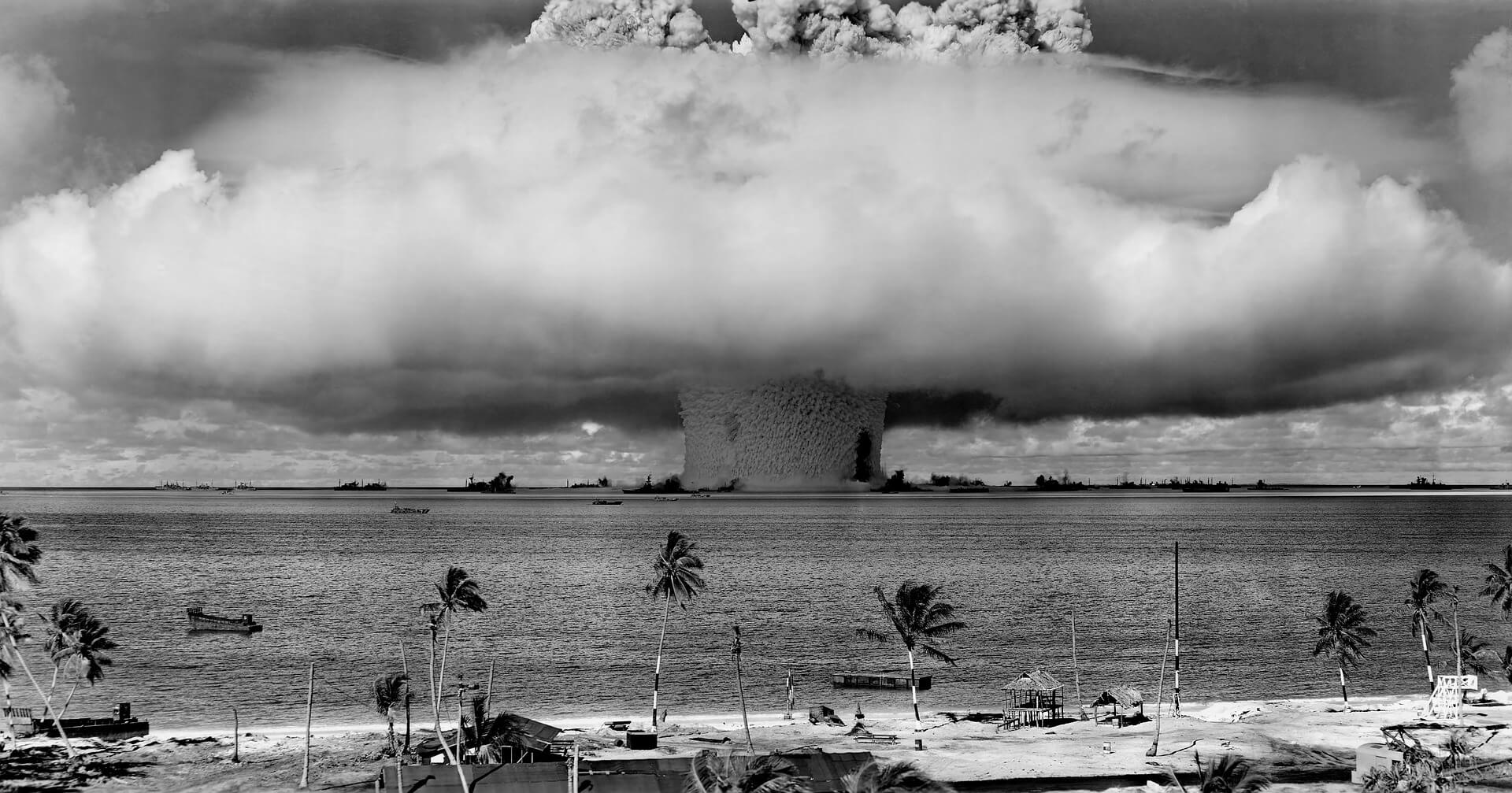Delivering Insight
The question is: Why were Orville and Wilbur Wright able to fly while the great Leonardo da Vinci was not? An important part of the answer is that the Wright brothers developed a better understanding of what it would take to allow a man fly. Leonardo da Vinci studied birds. He later designed an airplane that looked like a bird, but unfortunately did not fly like one. The Wright brothers used an early wind tunnel to understand lift. As a result, their airplane did not look like a bird, but made it off the ground.
Today, advanced modeling and simulation, enabled by high performance computing, is playing a role like the Wright brothers’ wind tunnel and is creating new ways of understanding our world. And that is causing disruptive transformations.
Traditionally, scientific insights are developed using experiments and developing theories. Experiments are observation of physical processes, sometime done under special circumstances, that allow people to obtain a better understanding of what happens and how it happens. Experiments usually allow scientists ample time to study and quantify the initial conditions before the experiment. Then once it is complete, time to do the same for the results.
The challenge for experiments is that often, it is impossible to study the physical processes that occur during the experiment. This lack of visibility (and thus understanding) can be caused by processes that are:
- Too fast (or too slow)
- Too small (or too far away)
- Using materials that are too dense to see through
- Too complex to understand; involving multiple physics at multiple scales
- Too dangerous or not allowed by policy
- Too expensive
As a result, the understanding provided by experiments may be limited. Fortunately, theory can be used to supplement our understanding. Theory is the extension of basic understanding of physical processes (aka “first principles”) and, through the creativity of humans, applies that understanding to more complex systems. The challenges for theory is that scientists sometimes lack a sufficient understanding of the first principles or the imagination to understand how they interact in the physical world.
The interplay between theory and experiments is often called the “scientific method” in which, theory will suggest a physical process that is confirmed with an experiment or an experimental result will lead to the development of a new theory. Even though scientists have been practicing this method for millennia, we know there are still things about the world we do not understand.
Modeling and Simulation Technology
Starting in the 1990s, a new method of developing scientific insight came onto the scene. That was advanced modeling and simulation, enabled by much more powerful computers. In the 1940, computers were used to make complex calculations based on theories or empirical observations. These calculations were firmly rooted in the experimental and theoretical worlds. However, computers built in the 1990s allowed scientists to start making discoveries based on the results of advanced modeling and simulation.
Computers with greater calculation capabilities (sometime known as FLoating Point Operations per second (FLOP/s) and larger memory allowed programmers to create models and simulations that were much closer to actual physical systems (sometimes called “virtual” systems). This type of “advanced modeling and simulation” is characterized by being:
- 3 Dimensional
- High Resolution
- Based on 1st Principle Physics
- Coupled Multi-physics
- Coupled Multi-scales
- Adequate Simulation Time
- Adequate Simulation Space
Achieving these features can be extremely challenging for the developers of advanced modeling and simulation applications. The good news is that sometimes methods used to simplify these requirements (i.e. use of courser resolution, 2D vs. 3D, limited coupling) can still provide useful insights.
Of course, advanced modeling and simulation are only the result of mathematical calculations and not actual physical systems. This may be misleading and therefore users of advanced modeling and simulation must ensure that the computational tools undergo a rigorous process of verification (ensuring the tools are working properly) and validation (ensuring the results are a good reflection of the physical world).
However, when done properly, advanced modeling and simulation, combined with theory and experiments becomes a powerful new means of creating better understanding of the physical world. Already we are seeing how modeling and simulation is replacing wind tunnels for the design of innovative aircraft. Automobile manufacturers are improving the safety of cars, while greatly reducing the number of crash tests. Oil and gas producers are revolutionizing the energy industry with powerful modeling and simulation tools. And pharmaceutical manufacturers are developing revolutionary new treatments with the help of these tools.
We are only a couple of decades into the world of creating science understanding aided by advanced modeling and simulation. Perhaps the most important thing about the development and use of advanced modeling and simulation is having the willingness to be surprised by the results. It is quite easy for modeling and simulation to be used to obtain an expected result. The real value of advanced modeling and simulation occurs when the scientist or engineer says – “Oh that’s how it works!” Having that knowledge is changing the world and who knows how far that will go.
Next: The promises and perils of making the transformation to using advanced modeling and simulation.
Join the Catalyst Monitor
Join our community, where we push out regular insights to help maintain situational awareness on technological and socioeconomic trends.



